When I was a kid growing up on Long Island, Brooklyn was the punch line of an old, tired joke. It was the embarrassing great-uncle of New York boroughs, the place where people came from, an irritating accent.
No longer. It hasn’t been that way in decades.
I once defined gentrification as the fourth generation moving back to the place from which the second generation fled. Or, in the case of lower Manhattan, there are people living in lofts that had once been the factories that employed their great-grandparents. Like the ancient cities of Canaan that fell, one by one, before the conquering onslaught of Joshua, each neighborhood in Brooklyn has fallen to armies of hipsters.
Among the European elite, the very word “Brooklyn” has a magical power. And in one of the great ironic reversals of Jewish history, the Israeli singer Ehud Banai sings a song called “Broklyn” (sic), a love song to the borough that, for him, mixes kodesh v’chol (sacred and profane). On the way to Brooklyn, the songwriter wonders if he will find what libi m’vakesh, what his heart is seeking. For most of Jewish history, the lev of the Jew longed for Zion, not for galut. Recall that in Spielberg’s “Munich,” the team leader, Avner (played by Eric Bana) ultimately finds refuge from Israel – in Brooklyn. “If I forget thee, O Prospect Park, let me tongue cleave to the roof of my mouth…..”
Except Brooklyn is not galut.
Here’s what I experienced on erev Shavuot. My friend and colleague, Rabbi Linda Henry Goodman, rabbi of Union Temple in Brooklyn and the first woman to be president of the New York Board of Rabbis, invited me to teach at a tikkun leil Shavuot, an all night study session in honor of Shavuot, which, let the record note, was first invented hundreds of years ago by overly caffeinated Jews who had only recently encountered coffee for the first time.
This tikkun leil Shavuot was being held at Beth Elohim in Park Slope, Brooklyn, and it included all synagogues and Jewish institutions in “Brownstone Brooklyn.” I was teaching material from my book ” target=”_blank”>Text Messages: A Torah Commentary for Teens, published by Jewish Lights.
And what I encountered there is still with me, months later. Hundreds of Jews, of all ideological flavors, so many that there was barely room to move. They were there to study together, pray together, sing together, and consume prodigious quantities of cheesecake together (dairy being the traditional Shavuot cuisine).
By the way, did I mention the average age?
About thirty. Maybe lower. A huge number of young Jews, all of whom seem to have significant lives, interests, passions – and who could have easily been anywhere else that evening.
But they weren’t. They were in a synagogue in Brooklyn.
And why should we care about this in Los Angeles — or anywhere beyond the East River?
First, demographics. Or, in traditional real estate speak – “location, location, location.” Not every Jewish community in the United States is going to be able to come up with such a critical mass of younger people. But there are such communities with such demographics, even on a much smaller scale. The bodies, as it turns out, are there – or at least in some versions of “there.”
Second, spirituality. The Brooklyn experience required no gimmicks. No glitzy advertising. Nothing unbelievably, earth-shatteringly creative or cutting edge or out of the box.
It turns out that in the box is the new out of the box. The box is Torah and Jewish texts and wisdom. Sure, it has to be taught well, and with passion, and with conviction, and with authenticity. But it does not have to be watered down. In fact, it had better not be watered down – because this generation will not buy it. They know when they are being pandered to, and when they are being patronized, and when the merchandize is being cheapened on their (supposed) behalf – and it will not fly. They want the real thing.
I write this on Tisha B’Av, the commemoration of the destruction of the temples in Jerusalem, as well as other catastrophes in Jewish history.
There are Tisha b’Av Jews – Jews who focus most of their psychic and spiritual energies on the horrors that have befallen our people. For them, the Temple is always about to be, or has been, destroyed. They might even perversely enjoy their paranoia.
And then, there are the Shavuot Jews. Shavuot Jews relish the memory, and the active re-living, of the moment of Sinai. They are ready to find deep meaning in the texts, and they celebrate those meanings, and they love doing so in the midst of community.
On erev Shavuot in Brooklyn, I witnessed the phenomenon of Shavuot Jews.
That’s the good news. The better news: they are young and ready to be engaged. They already are engaged. And with time, they will create the Jewish future.
I cannot say that Brooklyn is the Third Temple, but for one night, it came pretty close.






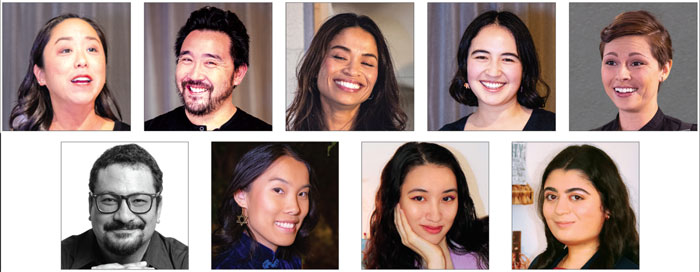
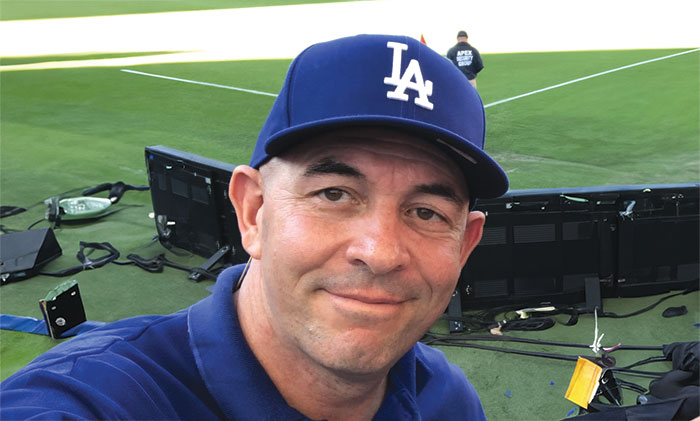
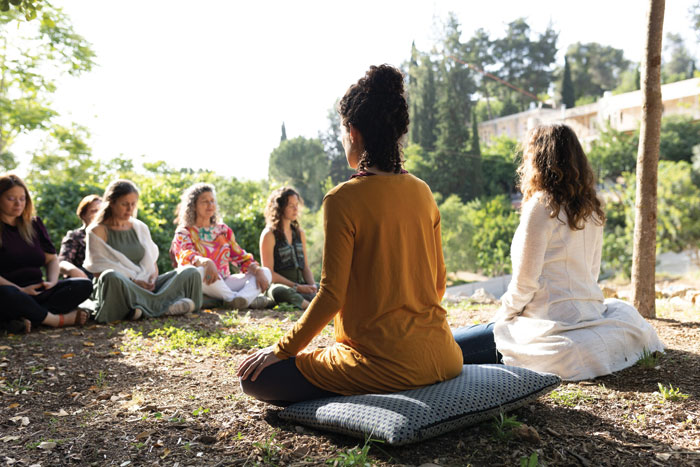

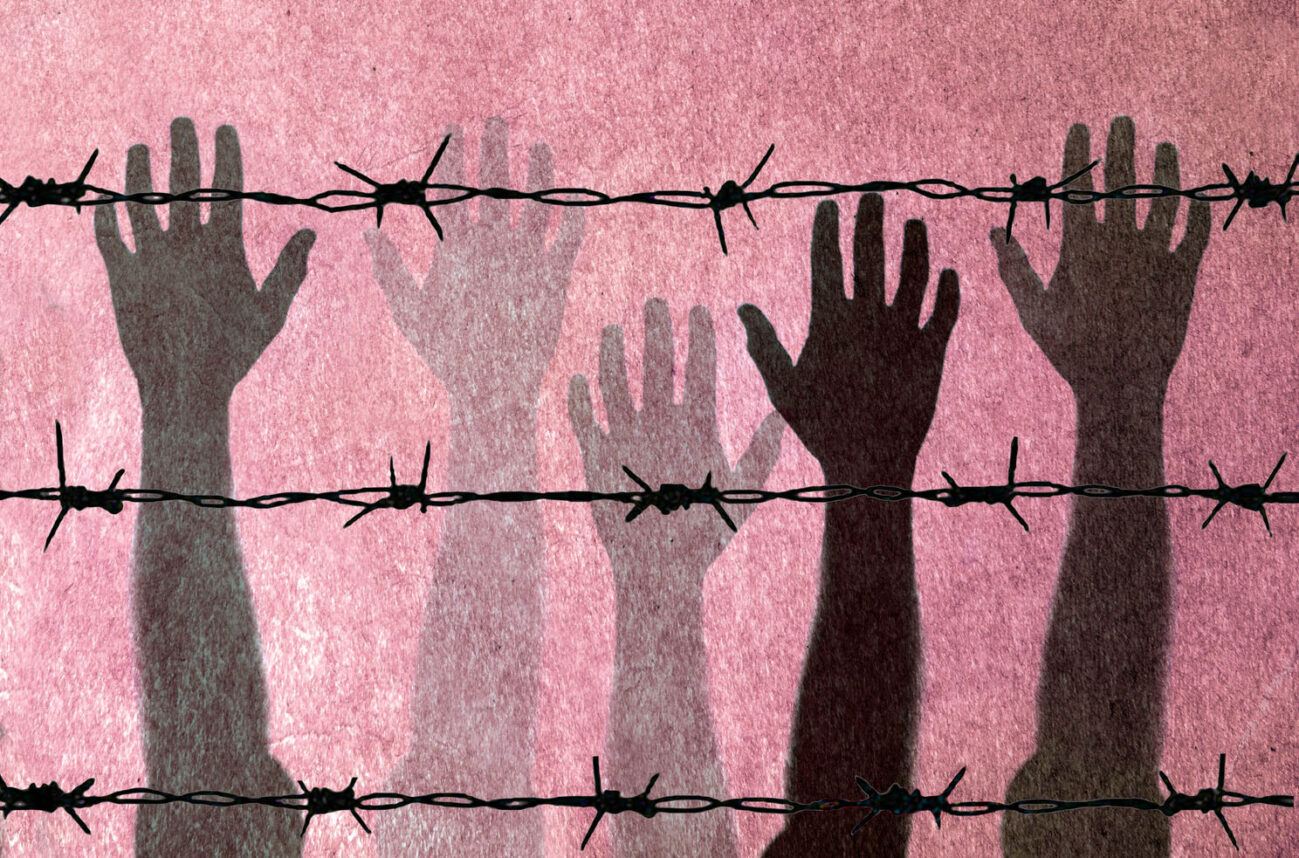


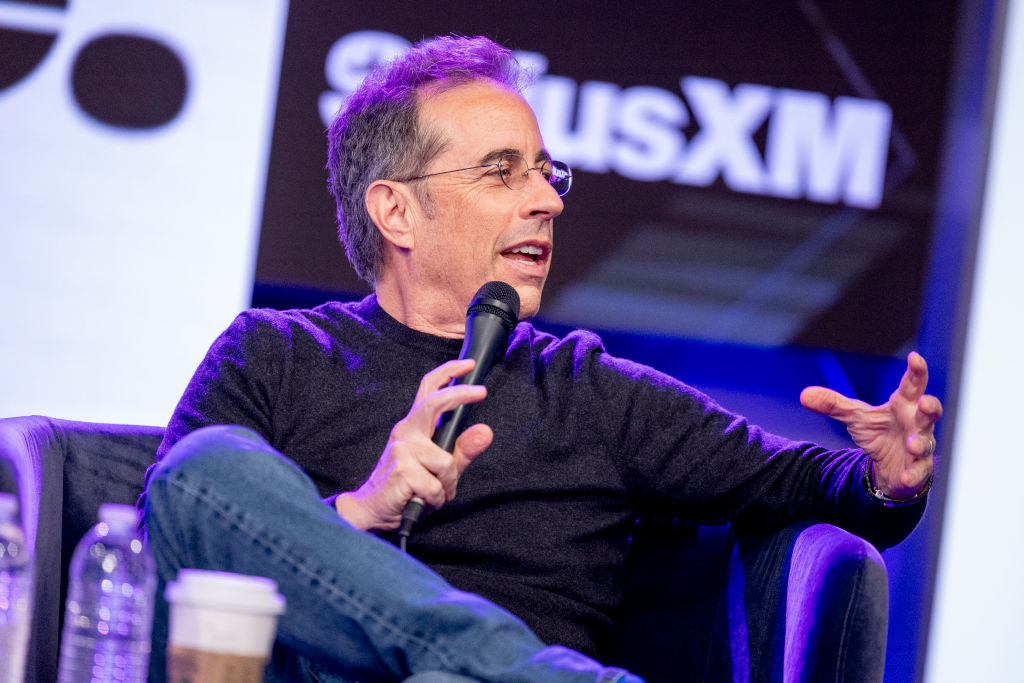








 More news and opinions than at a Shabbat dinner, right in your inbox.
More news and opinions than at a Shabbat dinner, right in your inbox.